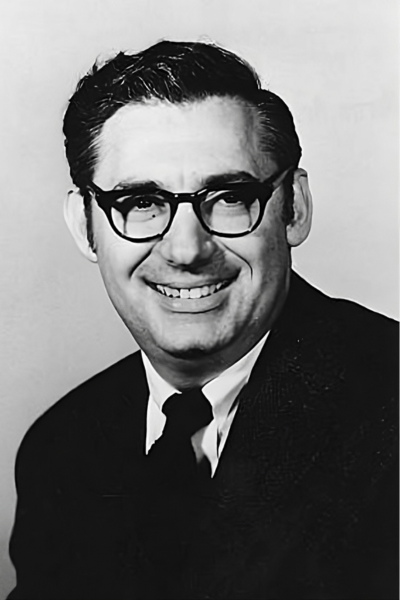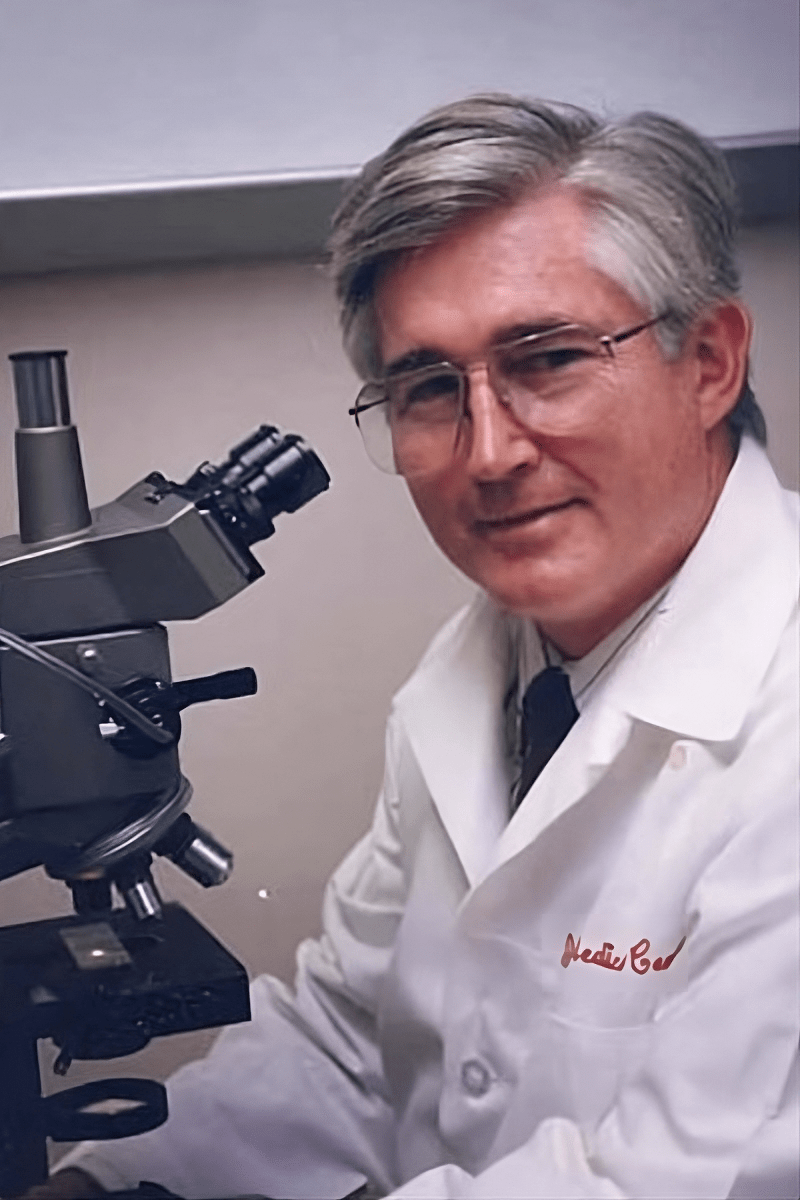Dermatology began at Indiana University School of Medicine with the appointment of Alembert Brayton, MD, in the early 1900s as the first professor of dermatology and syphilology. At that time, as in most medical schools, dermatology was a section of internal medicine. Brayton was succeeded by a number of dermatologists who taught at the medical school while maintaining private practices in Indianapolis.
The residency program was established at the Marion County General Hospital, which became the Wishard Memorial Hospital and subsequently Eskenazi Health, by John Dalton, MD, who served as chief of dermatology from 1948 to 1960.
In 1963, dermatology became its own department, and Victor Hackney was recruited from Stanford University to be the first chair. The residency program and clinical service at the Marion County General Hospital and the clinical service at Indiana University were merged into the department.
In 1976, Arthur Norins succeeded Hackney as chair. The dermatology residency expanded to six residents, and clinics at Riley Hospital for Children and the Roudebush Veteran's Administration Medical Center were incorporated into the training and service program. This period also saw the expansion of the research effort with the establishment of the Hackney Laboratory for Investigative Dermatopathology. In 1991, Dr. Stephen Wolverton who was chief of dermatology at the VA for many years, published the first edition of his book on drugs for skin diseases.
In 1993, Evan Farmer was recruited from Johns Hopkins University to succeed Arthur Norins as chair. Farmer’s interests included dermatopathology, graft-versus-host disease and clinical dermatology with emphasis on outcome studies. The dedicated melanoma specialty practice was established. Colonel Charles Lewis was recruited from Brooke Army Medical Center to head the dermatology clinics at Wishard (now Eskenazi) in 1994. In 1998, Dr. William Henke became the first physician to be awarded the triple professorship in dermatology, otolaryngology and pathology, and in 1999 Patricia Treadwell, a pediatric dermatologist, became the first African American professor at the IU School of Medicine. The cutaneous skin biology course was started and hosted trainees for over 20 years.





